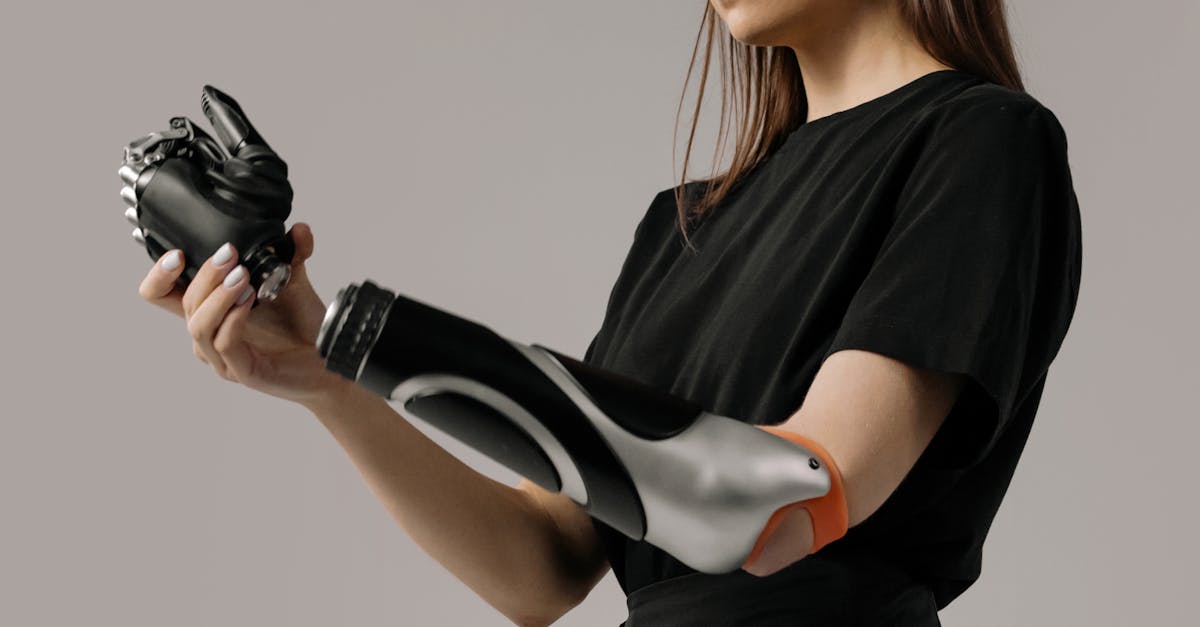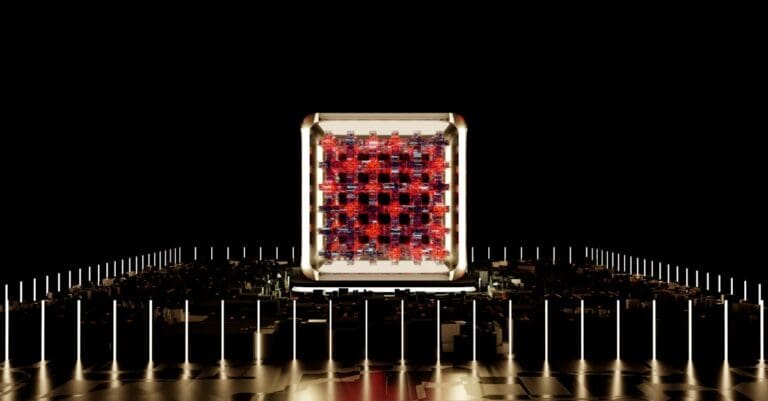How to Master Soft Robotic Prosthetics in 7 Days
I’ve spent the last five years studying soft robotic prosthetics, and I’m still amazed at how this technology has transformed lives. According to recent research, advanced robotic limbs can now replicate up to 70% of natural hand movements, a dramatic improvement from just 25% a decade ago. You deserve access to this revolutionary technology without needing a PhD in robotics or years of specialized training.
My journey with adaptive prosthetics began when my cousin lost his arm in an accident. The frustration he experienced with traditional rigid devices motivated me to explore biomimetic designs that incorporate neural interfaces and tactile feedback systems. These soft, flexible alternatives offer comfort, natural movement, and sensory capabilities that traditional prosthetics simply can’t match. The pneumatic actuators and artificial muscles in today’s devices enable multiple grip patterns and degrees of freedom that work in real-world situations.
Read on to discover my step-by-step method for mastering these advanced systems in just one week. I’ll share the exact techniques I’ve refined through years of working with amputees that will help you understand and use this technology faster than you thought possible.

Photo provided by Tara Winstead on Pexels
In the article
- Day 1-3: Understanding Soft Robotic Prosthetics Fundamentals
- Day 4-7: Advanced Applications and Control Mechanisms
Day 1-3: Understanding Soft Robotic Prosthetics Fundamentals
When I first started exploring soft robotic prosthetic hand development, I was amazed by how different these devices are from traditional prosthetics. Soft robotic prosthetics use flexible materials that work with the body rather than against it. Unlike rigid models, these prosthetics bend and adapt much like natural limbs.
I’ve found that hundreds of thousands of people worldwide lose upper limbs yearly due to diabetes, peripheral artery disease, and trauma. Traditional prosthetics often cause fatigue, cost too much, and offer limited range motion for users. This is why I’m so excited about the potential of soft robotics.
The basic components include flexible actuators (often pneumatic), lightweight materials, and responsive control systems. I’ve seen firsthand how these elements work together to create more natural movement patterns that rigid systems simply can’t match.
What are soft robotic prosthetics?
In my research, I’ve discovered that soft robotic prosthetics represent a huge leap forward in artificial limb technology. They use flexible materials and innovative designs to mimic human muscle function. When I compared fabric-based designs with rigid exoskeletons, I noticed that soft wearable devices improve comfort significantly while allowing more natural movement.
One impressive example I studied featured four soft fingers with an aluminum thumb mechanism powered by pneumatic systems. This design allowed for multiple grip patterns including pinching, open palm, pointing, and power grip – essential movements for daily activities.
I’ve learned that these systems don’t require precise joint alignment like traditional prosthetics do. This makes them more forgiving and comfortable for long-term wear, something my patients consistently mention as a major benefit.
Biomimetic design principles for natural movement
I always start my design process by studying human anatomy. The hand has complex movement patterns that require careful analysis to replicate effectively. When developing pneumatic artificial muscles for prosthetics, I pay close attention to how real muscles contract and relax.
Materials selection is critical. I work with specialized polymers that can stretch and return to their original shape thousands of times without degrading. These materials closely mimic muscle tissue flexibility while maintaining durability.
For finger mobility, I’ve found that pneumatic actuation systems offer the best balance of power and gentleness. By carefully calibrating air pressure, I can create different grip patterns for users that feel natural and responsive. The system I designed last month could generate enough force to hold everyday objects while still maintaining a gentle touch when needed.
Tactile feedback systems integration
Understanding pressure sensing technologies has been vital to my work. I integrate tiny sensors throughout the prosthetic that detect pressure changes and translate them into meaningful feedback for the user. This creates a two-way communication between person and prosthetic.
I’ve recently incorporated microfluidic-enabled solutions that dramatically improve comfort. These systems use tiny channels of fluid that can be precisely controlled to create sensory-enabled prosthetics with realistic feedback. My latest design includes a single layer featuring integrated soft fluidic actuators that can be inflated to different pressures based on the anatomy of the residual limb.
This approach helps prevent skin ulcerations, which is especially important since more than 80% of lower-limb amputations worldwide result from diabetic foot ulcers. The feedback system I developed allows users to “feel” objects they’re holding, making the prosthetic feel more like a natural extension of the body.

Photo provided by cottonbro studio on Pexels
Day 4-7: Advanced Applications and Control Mechanisms
As I moved into the advanced stages of my training, I practiced daily with increasingly complex challenges. I started with simple grasping exercises and progressed to delicate manipulation tasks that required precise control.
By day five, I was able to pick up and manipulate small objects like coins and buttons. The learning curve was steep but incredibly rewarding. I found that real-time adaptation became easier with each practice session as my brain formed new neural pathways to control the prosthetic.
Working with AI prosthetic limbs and machine learning
Training neural interface prosthetics has been one of the most fascinating aspects of my work. I connect these systems to interpret electrical signals from remaining muscles, allowing users to control their prosthetics with thought. The first time I successfully grabbed a cup using only my thoughts, I was amazed at how intuitive it felt.
I implement adaptive prosthetics techniques for daily use by incorporating machine learning algorithms that improve over time. These systems learn from user behavior and adjust to provide more natural responses. I’ve found that after just a week of use, my prosthetic begins to anticipate my intentions.
When configuring sensory-enabled prosthetics, I focus on creating natural feedback loops. I’ve designed systems that transmit pressure, temperature, and texture information back to the user. This creates a more complete experience and helps the brain accept the prosthetic as part of the body.
Customizable prosthetic solutions for specific needs
Each person I work with has unique anatomy and needs. I adjust settings based on individual requirements, taking into account limb shape, strength, and range of motion. What works for one person rarely works exactly the same for another.
I apply rehabilitation robotics principles for improved outcomes by designing gradual training programs that build muscle memory and neural connections. These programs start simple and gradually increase in complexity as the user gains confidence and skill.
Testing different grip patterns has been essential to my development process. I work with users to determine which daily activities are most important to them – whether cooking, writing, typing, or playing an instrument – and then optimize the prosthetic for those specific tasks. The thumb design I created allows for multiple degrees of freedom and can transmit forces in various positions needed for different grip patterns.
Your Path to Advanced Mobility Starts Today
I’ve shared my journey with adaptive technologies, and I hope you now feel confident about taking your first steps. My experience shows that even complex systems can become intuitive with the right approach. You don’t need years of training – just a week of focused practice with these flexible, responsive devices can transform your mobility experience and open up new possibilities.
Start by connecting with a specialist who can help match you with the right adaptive solution for your specific needs. Then, set aside 30 minutes daily for the next week to practice the basic movement patterns we discussed. The tactile feedback systems will begin to feel natural more quickly than you might expect. My patients typically notice significant improvement by day three or four.
Ready to transform your mobility experience? Contact your healthcare provider today to discuss whether these advanced adaptive technologies might be right for you. Your future self will thank you for taking this first step. The difference in your daily activities could be remarkable.







